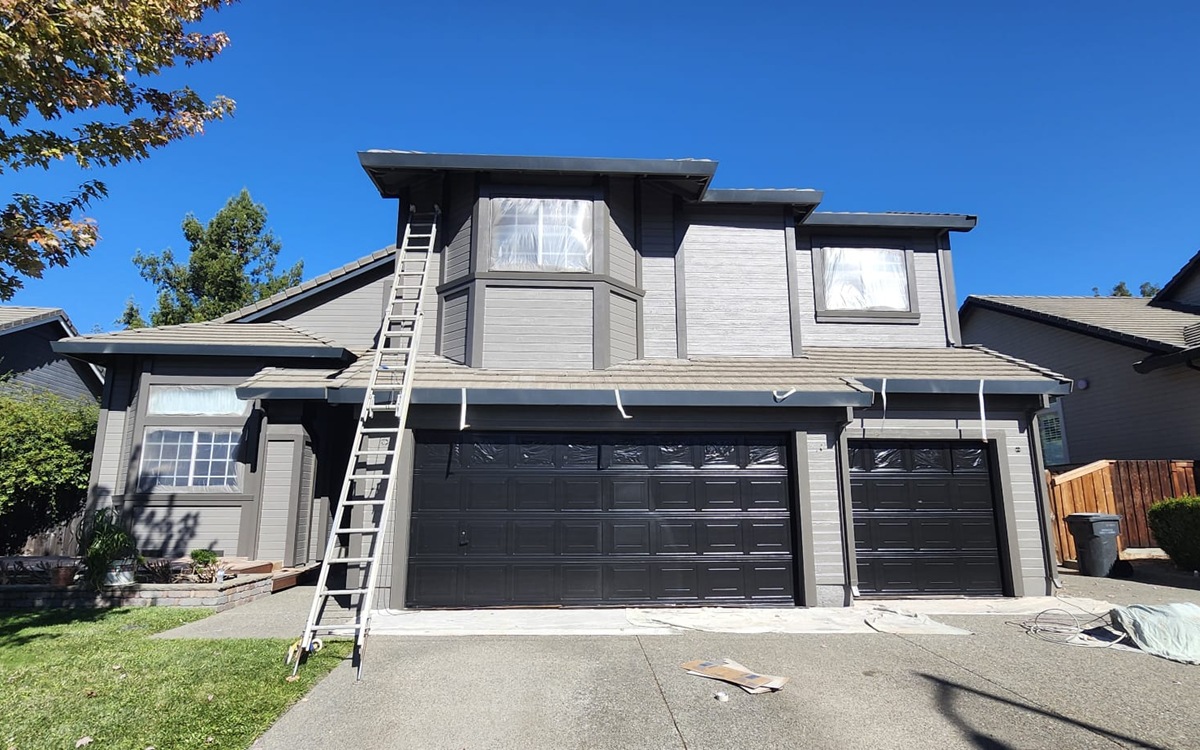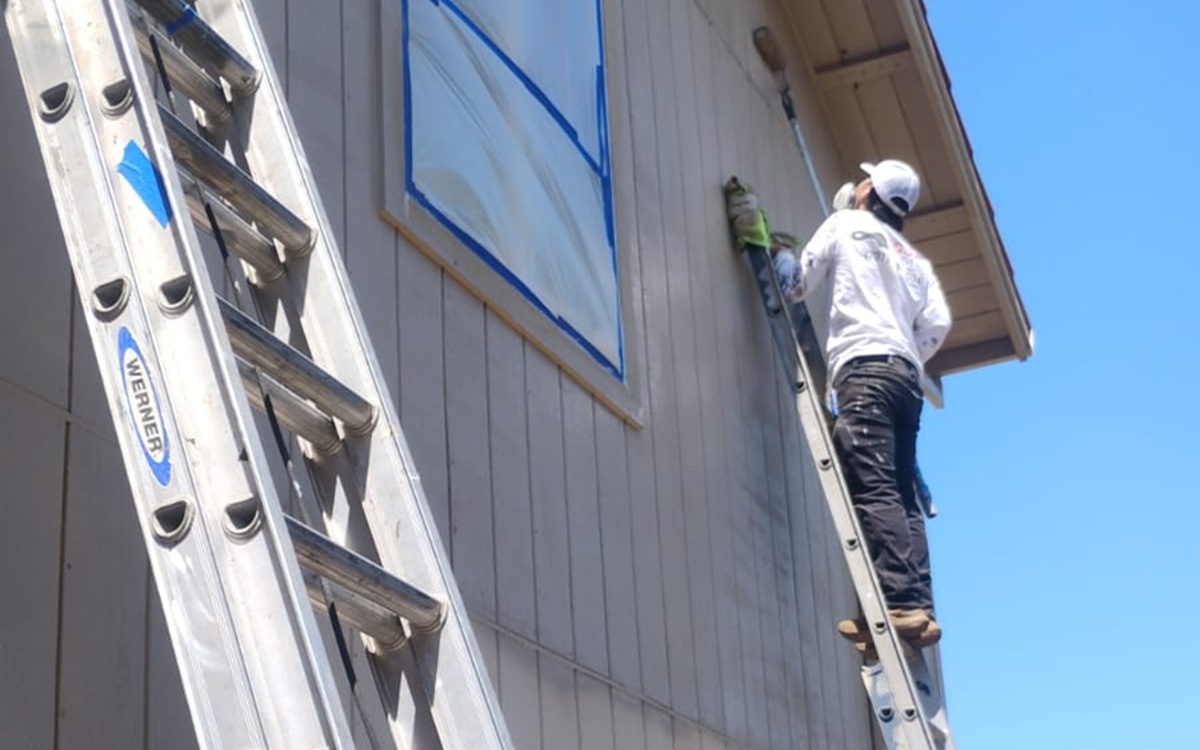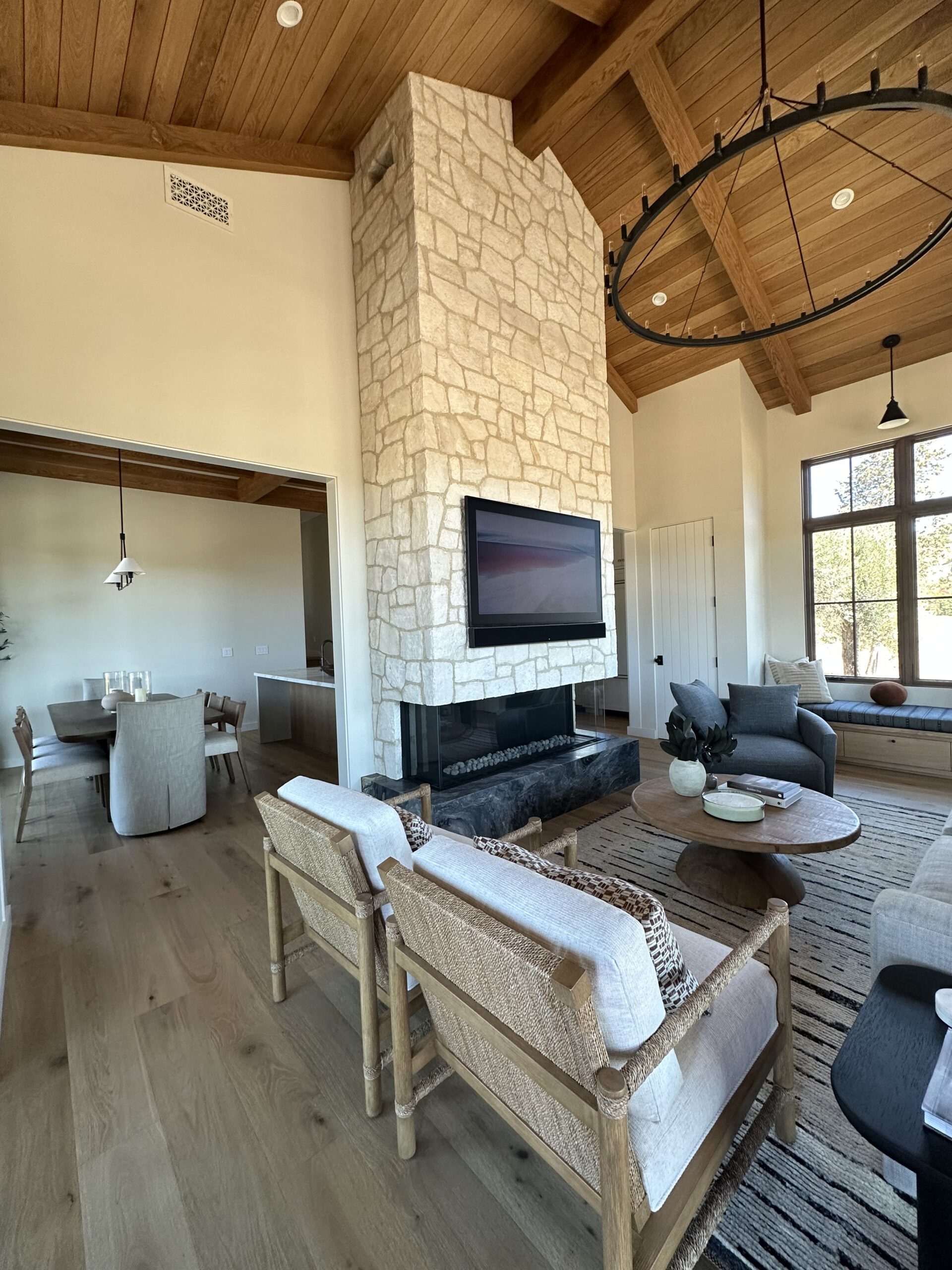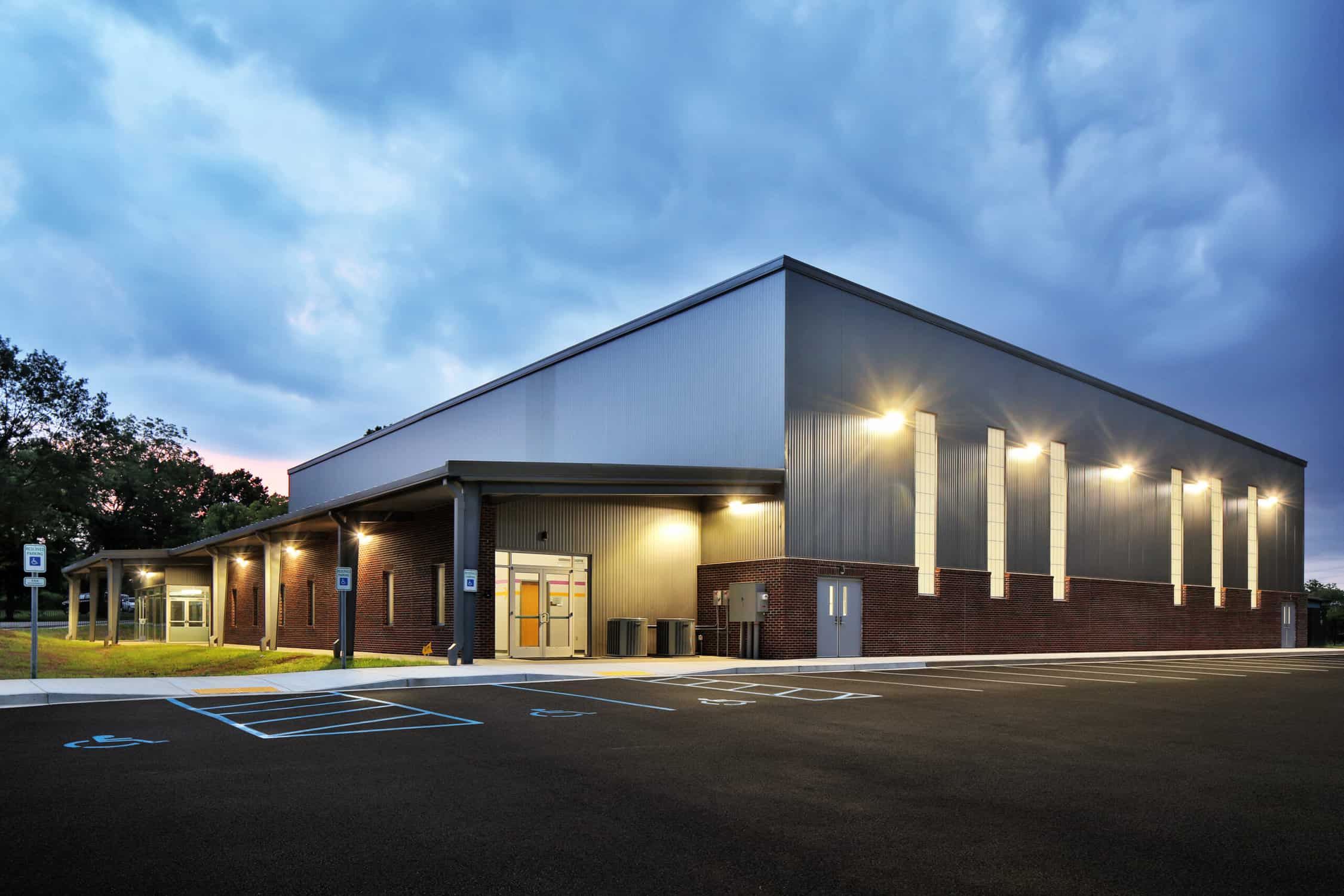If you read our blog post last December titled “How Often Should I Repaint the Interior of My Home?”, you already know that paint upkeep isn’t just about style—it’s about protection, maintenance, and long-term value. The same goes for your home’s exterior. Whether you’re noticing faded siding, peeling trim, or just wondering what the right timeline is, you’re not alone. Many homeowners ask the same question: how often to repaint house exterior for the best results and investment value.
From weather wear to the type of siding you have, several factors determine your timeline. In this guide, we’ll answer that question in plain language and give you the insights you need to make a smart, timely decision about exterior house painting.
Key Takeaways:
- Most homes need exterior painting every 5 to 10 years.
- Climate, material, and quality of previous paint job affect lifespan.
- Peeling, fading, and cracking are signs it’s time to repaint.
- Regular maintenance can extend your exterior’s paint life.
- Professional inspections help catch problems early.

What Impacts How Often You Need to Repaint?
The lifespan of your home’s exterior paint depends on several variables:
1. Material of Your Home’s Exterior
Different siding materials wear differently:
- Wood siding: every 3 to 7 years (stained wood needs touch-ups every 4)
- Aluminum siding: every 5 to 10 years
- Stucco: every 5 to 6 years
- Brick (painted): every 15 to 20 years
- Fiber cement: every 10 to 15 years
2. Your Local Climate
Homes in areas with heavy sun, wind, snow, or humidity often require more frequent painting. Intense sunlight can cause paint to fade and crack, while heavy rains and humidity can lead to mildew and moisture damage. In colder climates, snow and ice may cause the paint to peel or chip more quickly.
And if you live in a coastal region, the salty air can accelerate the breakdown of paint, leading to earlier touch-ups or full repaints.
3. Quality of Previous Exterior House Painting Project
A high-quality paint job with premium paint lasts longer because it adheres better, resists weathering, and provides stronger protection. On the other hand, using cheap materials or skipping crucial prep steps like cleaning, sanding, and priming can result in paint peeling, cracking, or fading much sooner than expected.
Signs It’s Time to Repaint
You don’t have to wait for a set number of years to repaint. These signs mean it might be time now:
- Peeling or flaking paint
- Cracks in caulking or paint
- Fading or discoloration
- Moisture damage or mildew
- Wood rot or warping
The exterior is your home’s first line of defense. Keeping it in shape is just as much about safety as it is about looks.
How to Extend the Life of Your Exterior Paint
Want to stretch out the years between paint jobs? Here are a few smart strategies:
- Wash your siding once a year to remove dirt, mildew, and mold. A gentle pressure wash can keep your home looking fresh and prevent long-term buildup that wears away paint.
- Trim back shrubs and trees that brush against your house. Overgrown plants can scratch the paint, trap moisture, and create shaded spots where mildew thrives.
- Check for water damage and make repairs early. Small leaks or cracks can lead to major damage if left untreated, and they can cause paint to bubble or peel.
- Use top-tier paint that resists UV rays and moisture. Investing in premium paint means better coverage, longer life, and less frequent repainting.
- Hire pros who prep the surface well before painting. Proper prep—like cleaning, scraping, sanding, and priming—ensures the paint bonds well and lasts longer.
Good prep and quality products go a long way toward protecting your investment.

Should You DIY or Hire a Pro?
Exterior house painting is a big job. It often requires:
- Ladders or scaffolding
- Power washing
- Surface repairs
- Knowledge of primers and finishes
While DIY might save money upfront, it can cost more long-term if the paint doesn’t last. Professionals have the tools and experience to do it right the first time.
Timing It Right: Best Seasons to Paint
Spring and early fall are ideal. Temperatures between 50 and 85 degrees with low humidity give paint time to cure properly, ensuring better adhesion and a smoother finish. These seasons also offer more consistent weather, reducing the risk of rain or sudden temperature changes that can ruin fresh paint.
Avoid rainy seasons or extreme heat, as moisture can prevent paint from drying correctly and high temperatures can cause it to dry too quickly and crack.
Recap: How Often to Repaint House Exterior?
Here’s a quick summary:
| Siding Material | Repaint Every |
|---|---|
| Wood | 3–7 years |
| Aluminum | 5–10 years |
| Stucco | 5–6 years |
| Brick (painted) | 15–20 years |
| Fiber Cement | 10–15 years |
Your home is one of your biggest investments. Regular exterior house painting not only keeps it looking fresh but also prevents long-term damage and costly repairs.
Need Help Deciding If It’s Time to Repaint?
If you’re unsure about how often to repaint house exterior, let us take the guesswork out of it. We offer free inspections, expert advice, and premium painting services that last. Give Rojas Painting a call today at 707-353-7471 to schedule your free consultation. We’ll help you protect your home and boost its curb appeal with confidence.



